DSystems
The DSystems Program is a multi-year, multi-disciplinary program focused on broad agriculture and community systems (up to four years).
Current DSystems Projects
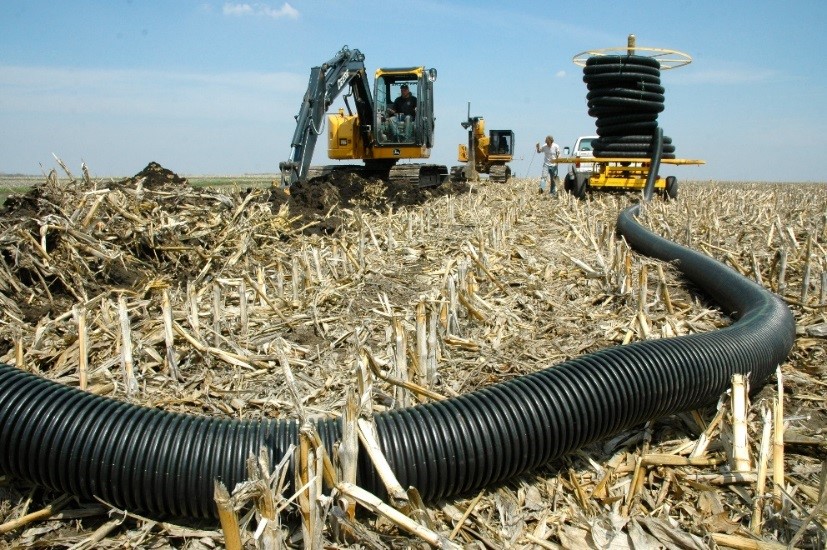
Balancing Water Quality and Nutrient Management Goals for the Sustainable Intersification of Corn Systems
The overall goal of this project is to create and apply knowledge about sustainable agricultural systems for Illinois farm communities using an integrated research and outreach approach. In light of recent recommendations by agricultural conservation stakeholders to address nutrient loss concerns (e.g., USDA NRCS, IL NLRS, cooperative extension, conservation groups), we will generate and communicate new information about best practices for balancing nutrient management, water quality, and corn production goals in Illinois. Specifically, we will establish a multidisciplinary field experiment to examine in-field and edge-of-field water quality practices and will use observed field data and modeling to scale up results and facilitate statewide discussions about how to best address nutrient loss concerns.
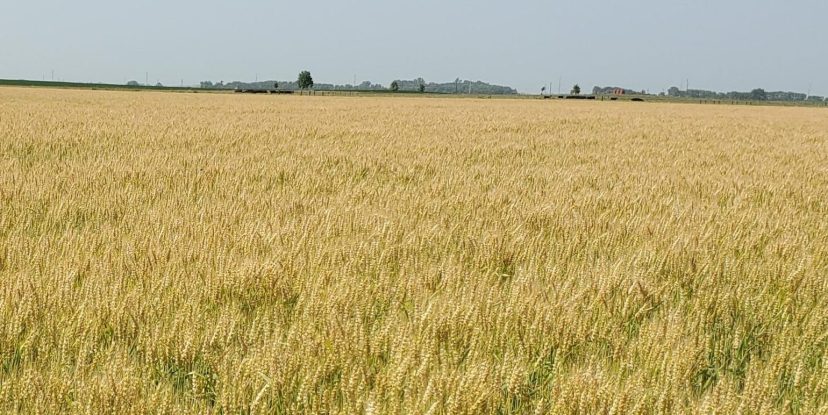
Bridging Nitrogen Budgets from Field to Watershed Scales for Region-Specific Solutions to Achieve Illinois Nutrient Loss Reduction Targets
Nitrogen (N) is an essential nutrient for crop growth and productivity. Nitrogen loss from agricultural landscape not only wastes this previous farming input, but also affects water quality. There is thus an urgent need to improve overall nitrogen use efficiency and manage nitrogen loss from agricultural landscapes – which include but are not simply crop fields – for increasing both agronomic production efficiency (and thus net economic return of farming) and water quality. Better understanding of the nitrogen cycle by bridging the nitrogen budgets from field to watershed scale is the foundation to solve the nutrient loss reduction challenge.
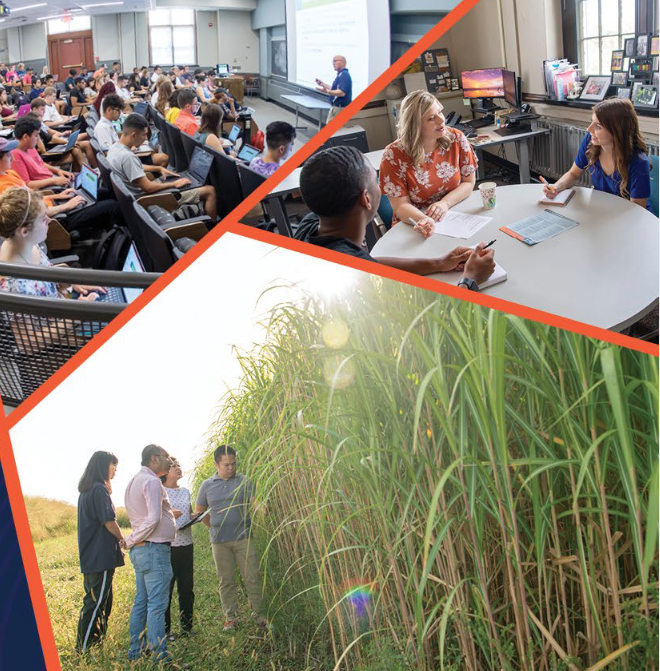
Interstate Trade as a Mitigating Factor for the Effects of Climate Change on Illinois Agriculture
The impacts of climate change are already becoming apparent, with extreme weather events increasing in both number and severity. For Illinois agriculture, the stakes of climate change and its resulting impacts on local weather patterns are high, and designing effective adaptation and mitigation strategies involves recognition of how the effects of increasingly common extreme weather events affect agricultural systems. We focus on the domestic agricultural trade of Illinois counties with the other 47 contiguous U.S. states to assess the role of trade as a mitigation strategy for Illinois farmers in the face of climate change and extreme weather.
DSynergy
The DSynergy Program is a one or two-year project for groups seeking to define how their research and outreach can be integrated across disciplinary boundaries.
Current DSynergy Projects
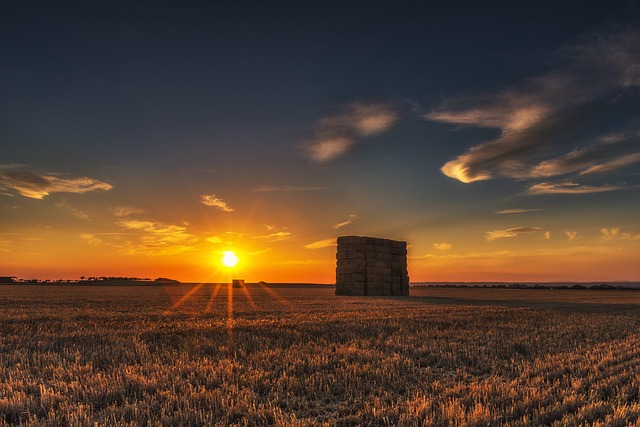
Beyond Cereal Rye: Evaluating Soil, Crop, and Water Quality Synergies with Legumes and Brassica Cover Crops
Nutrient Loss Reduction Strategies in the upper Midwest (MN, IA, and IL) identify cover cropping as the most effective in-field conservation practice to achieve nutrient loss reduction goals. Cereal rye is the most commonly grown cover crop in this region because it overwinters and produces considerable biomass in the spring, but also it may reduce the yield of the following cash crop. Addressing the yield gap of cash crops following cereal rye is essential to increase the adoption of cover crops by farmers in Illinois, a trend that is expected to continue considering the Illinois Nutrient Loss Reduction goals.

Evaluation of Grazing or Harvesting Cereal Rye in Corn-Soybean Rotation: Understanding Impacts in an Integrated Crop-Beef Cattle Operation
Integrated crop and beef cattle operations require special consideration and planning to evaluate what systems will be the most mutually beneficial. The use of cover crops in cropping systems has gained popularity and has historically been utilized for the potential to improve soil health. However, these cover crops also offer potential benefits to livestock production. This multidisciplinary team will evaluate the impacts of including cover crops in an integrated crop and beef cattle operation. The central hypothesis is that grazing cover crops or harvesting cover crops for feed can generate short-term economic benefits in an integrated crop and beef cattle operation while still providing long-term conservation benefits and enhancement of soil health. We believe that understanding and quantifying the feed value of cover crops and the impact of grazing or harvesting cover crops on soil health will help producers make management decisions that balance dual goals of profitable beef production and sustainable soil management. Collectively, including cover crops in integrated operations will benefit both the individual farmer and society.
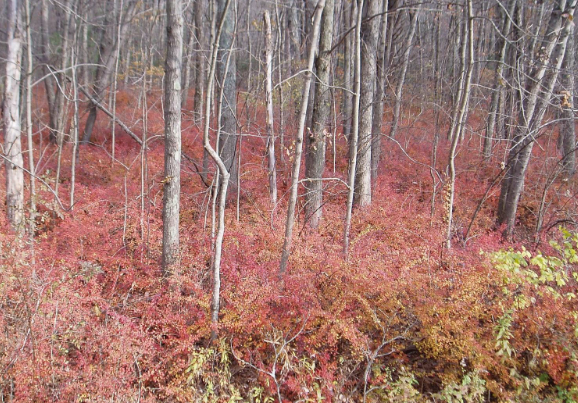
Invasive Plant Species as Risk Factors for Tickborne Disease in Humans and Livestock: A One Health Approach to Sustainable Agricultural Communities
The overall goal of this project is to improve agricultural productivity and safety by increasing our knowledge of the on-farm factors that influence the prevalence of tick-borne diseases. Ticks are a major vector of human and livestock pathogens that can result in large economic losses impacting the agriculture and natural resource industries as well as lost wages, worker shortages, increased healthcare costs, reduced productivity, and chronic disability in workers. Specifically, we are going to investigate the relationship between different types of invasive plants and the prevalence and diversity of tick species and associated human and animal pathogens. Understanding this relationship will help in developing recommendations of what practices farmers and landowners can do to lessen the prevalence of tick-borne diseases on the landscape.